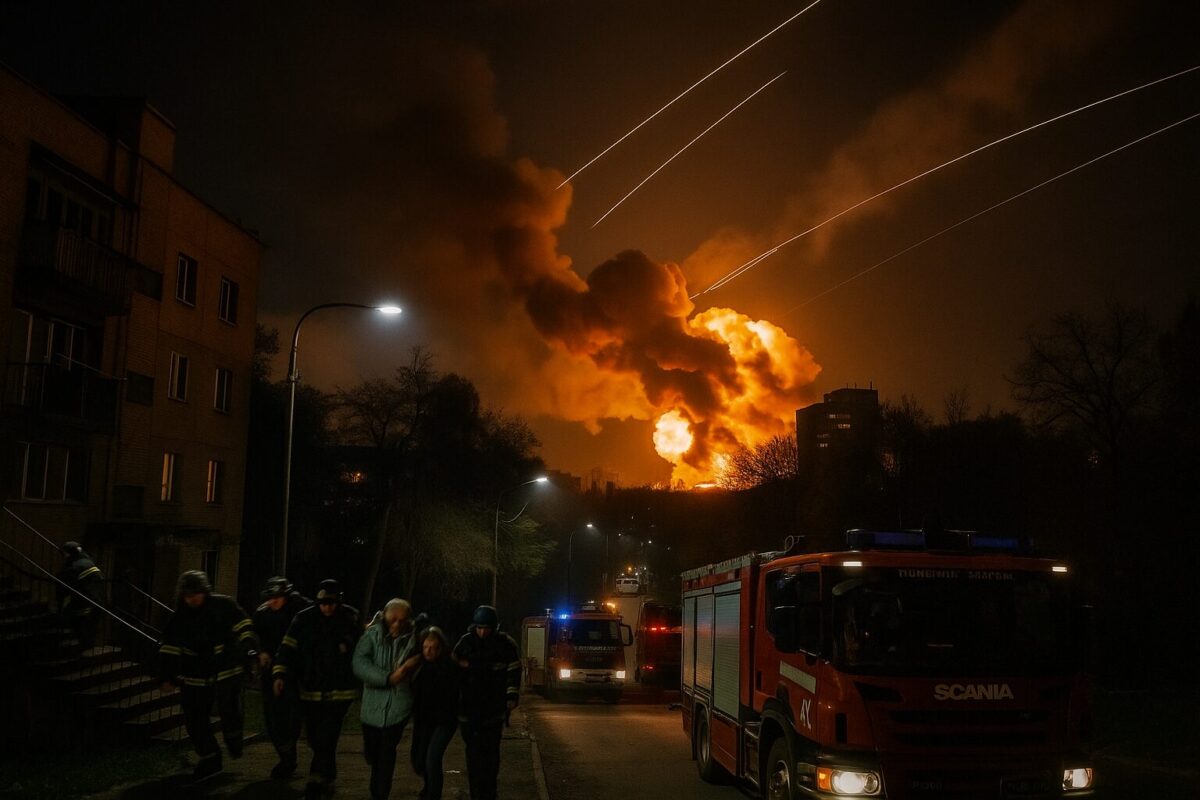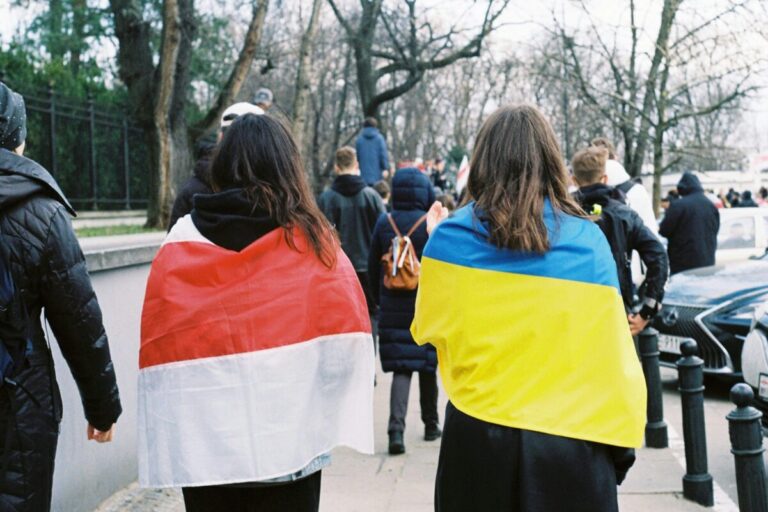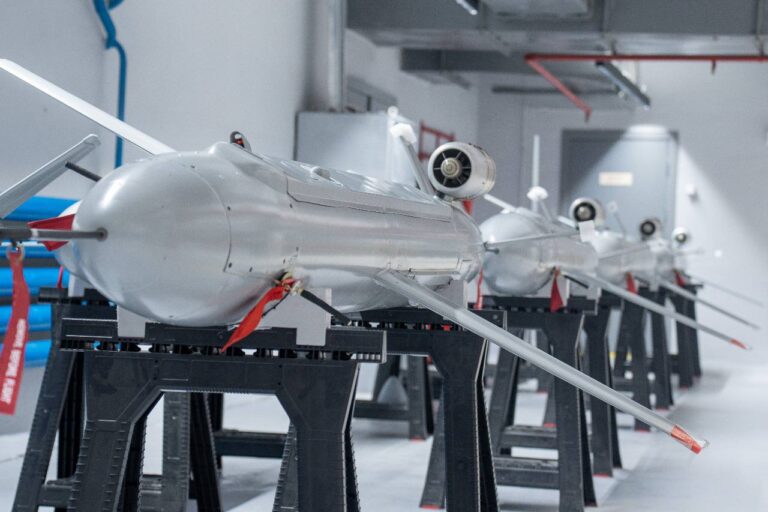
Kyiv Under Massive Drone Attack During Historic POW Exchange: What Happened on May 24
While rockets rained down on Kyiv and the air defense worked non-stop, hundreds of kilometers away, Ukrainian families were embracing loved ones returned from captivity. May 24 was a day when war showed its two faces—and Ukraine stood strong against both.
A Night to Remember: One of the Largest Aerial Attacks on Kyiv
On the night of May 23–24, Russia launched one of the largest-scale attacks against Ukraine since the full-scale invasion began. This time, Kyiv was the primary target, but other regions were also affected.
Weapons used:
- 14 ballistic missiles, including Iskander-M and KN-23—high-speed, hard-to-intercept weapons.
- 250 drones, mostly Shahed kamikaze UAVs, along with other types.
Targets included both military facilities and civilian infrastructure. In Kyiv’s Obolonskyi District, residential buildings, a shopping mall, and parked cars were hit. Fires broke out across the area.
Ukraine’s Response: Air Defense and Electronic Warfare at Work
Despite the scale of the assault, Ukraine’s Air Defense Forces once again demonstrated their capability and resilience.
By morning, the following results were confirmed:
- 6 out of 14 ballistic missiles were intercepted—all targeting Kyiv.
- 245 of 250 drones neutralized:
- 128 destroyed by air defense systems;
- 117 disrupted by electronic warfare (EW) without causing casualties.
This operation became one of the most intense uses of EW and air defense in Ukraine to date.
Still, at least 15 civilians were injured, including children. Infrastructure damage was widespread—roofs blown off, windows shattered, cars burned.
The Message Behind the Missiles
The timing of the attack was no coincidence. It came just as Ukraine was carrying out one of the largest prisoner exchanges in wartime history—a clear Russian attempt to overshadow a moment of hope with terror.
This was not just a military operation. It was a symbolic strike—an effort to shatter morale, to drown out joy with fear.
But it didn’t work.
Ukraine responded with strength, not panic. Its defense systems held. Emergency services acted fast. People remained calm and coordinated.
Relevant
At the Same Time: Prisoners Coming Home
Even as sirens wailed, 307 Ukrainian POWs returned home on May 24 in the second phase of a 1,000-for-1,000 prisoner exchange—the largest of its kind since the war began.
What we know:
- May 23: Phase one—390 Ukrainians released.
- May 24: Phase two—another 307 freed.
- Total over two days: 697 Ukrainians have returned.
- May 25: Phase three is expected to complete the exchange.
The freed soldiers include defenders of Mariupol, Bakhmut, Snake Island, and other key battlefields.
Behind every number stands a face, a family, a life. This is not just diplomacy—it’s salvation.
Ukraine’s Dual Strategy: Defend and Reclaim
This three-day exchange—1,000 people per side—is historic not only in scale but also in context: it continues despite Russia’s attempts to disrupt it.
As President Zelensky stated:
“These negotiations took time, but every such day is a victory. War is not only about weapons. It is about humanity.”
Conclusion: Missiles Won’t Stop Return
May 24 was a day when war tested Ukraine—strategically, psychologically, morally.
But instead of collapse—there was coordination.
Instead of fear—there was resolve.
Instead of silence—there were voices calling “You’re home.”
And while Russia launches missiles—Ukraine brings its people home.
Not through threats, but through strength.
Not with cruelty, but with conviction.














